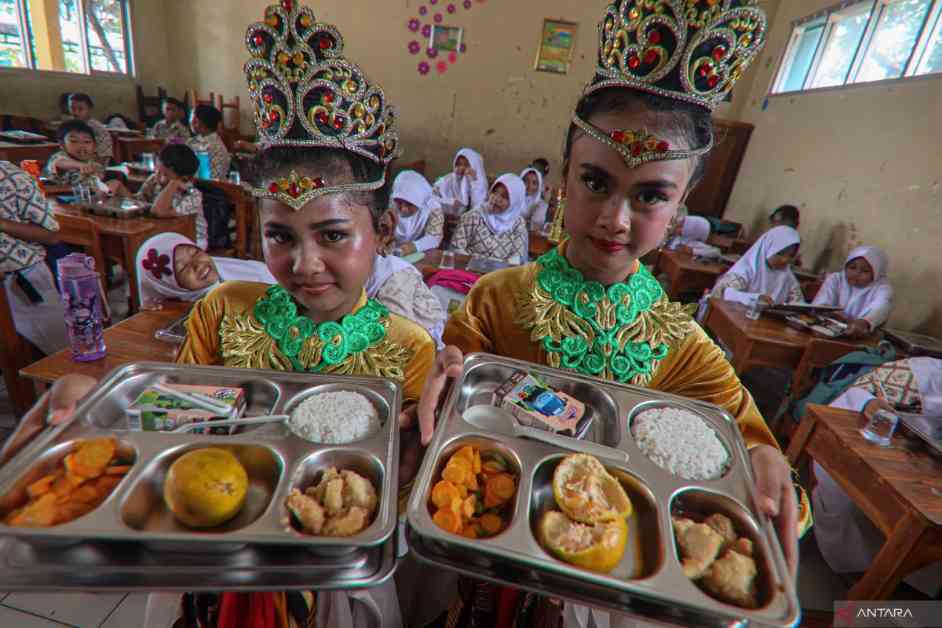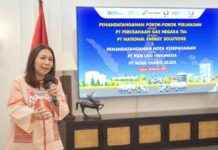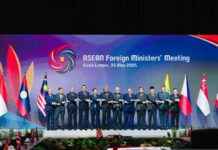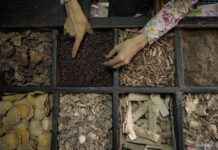Regional Food Diversity: Insects on the Menu
In a bold move to embrace the unique culinary traditions of different regions, the Head of the National Nutrition Agency (BGN), Dadan Hindayana, has proposed the inclusion of insects in the Free Nutritious Meals (MBG) program menu. This innovative suggestion aims to harness the diverse resources available in each area, catering to local preferences and nutritional needs. The idea was discussed during a meeting at the Rampinas PIRA event in Jakarta, where Hindayana emphasized the importance of adapting menus to regional customs.
Cultural Significance of Insect Consumption
Insects have long been a significant protein source in various parts of Indonesia, deeply ingrained in cultural and historical practices. For example, the Gunungkidul district in Yogyakarta is renowned for its tradition of consuming fried grasshoppers, showcasing the acceptance and appreciation of entomophagy in the local diet. Similarly, in eastern Indonesia, sago worms, the larvae of the red coconut beetle, are considered a delicacy in Papua, often enjoyed raw or grilled. These examples highlight the rich tapestry of culinary diversity that insects bring to the table.
Menu Variations and Nutritional Adequacy
Hindayana’s proposal extends beyond protein sources to include menu variations that cater to specific carbohydrate needs in different regions. He suggested that staples like corn, cassava, or boiled bananas could potentially replace rice in the MBG menu, showcasing how the program can accommodate food diversity while ensuring nutritional adequacy. This flexible approach not only reflects the country’s culinary heritage but also promotes inclusivity and health consciousness among beneficiaries.
Expanding Reach and Impact
The MBG program’s ambitious agenda includes implementation across all 31 provinces of Indonesia, with 238 nutrition fulfillment service units (SPPG) actively involved in food production for the initiative. The program’s initial phase, spanning from January to April 2025, aims to benefit 3 million individuals, with a projected increase to 6 million in the subsequent phase from April to August. This expansion underscores the program’s commitment to reaching a wider audience and making a tangible difference in improving nutrition and well-being.
Future Outlook and Public Reaction
As the MBG program gains momentum and garners support from various stakeholders, including Vice President and Ministry officials, it sets the stage for a transformative approach to food security and public health. The integration of insects into the menu reflects a forward-thinking strategy that embraces local traditions while promoting sustainable nutrition practices. With continued collaboration and innovation, the program is poised to redefine dietary norms and foster a culture of culinary diversity and inclusivity across Indonesia.
In conclusion, the proposal to include insects in the MBG program menu signals a paradigm shift in how we view food diversity and nutritional sustainability. By celebrating regional culinary traditions and adapting menus to local preferences, Indonesia is poised to lead the way in promoting innovative and inclusive approaches to public health and well-being. As Hindayana aptly puts it, “This exemplifies how the MBG program can accommodate food diversity while ensuring nutritional adequacy,” encapsulating the essence of a progressive and culturally rich food landscape.






















